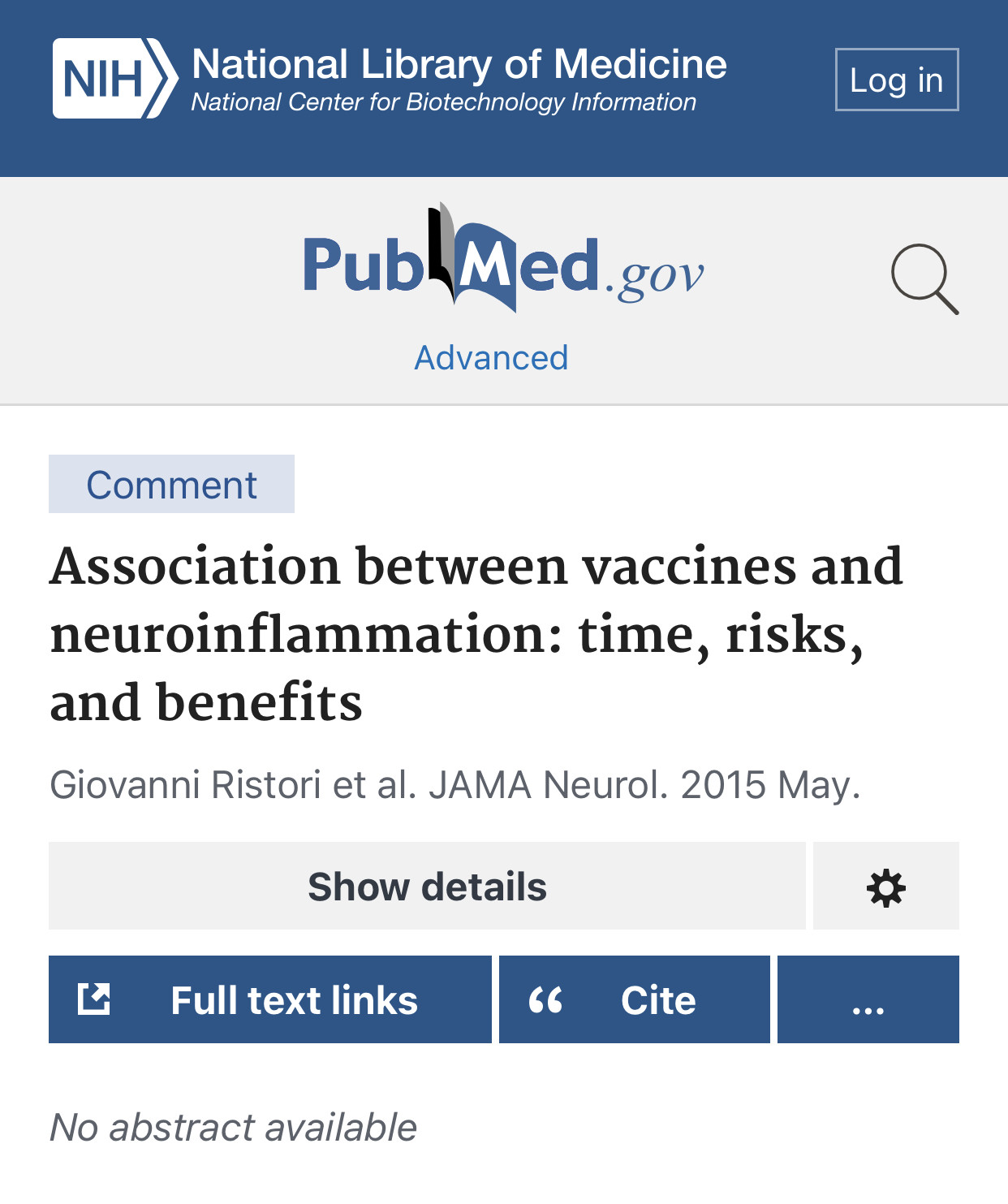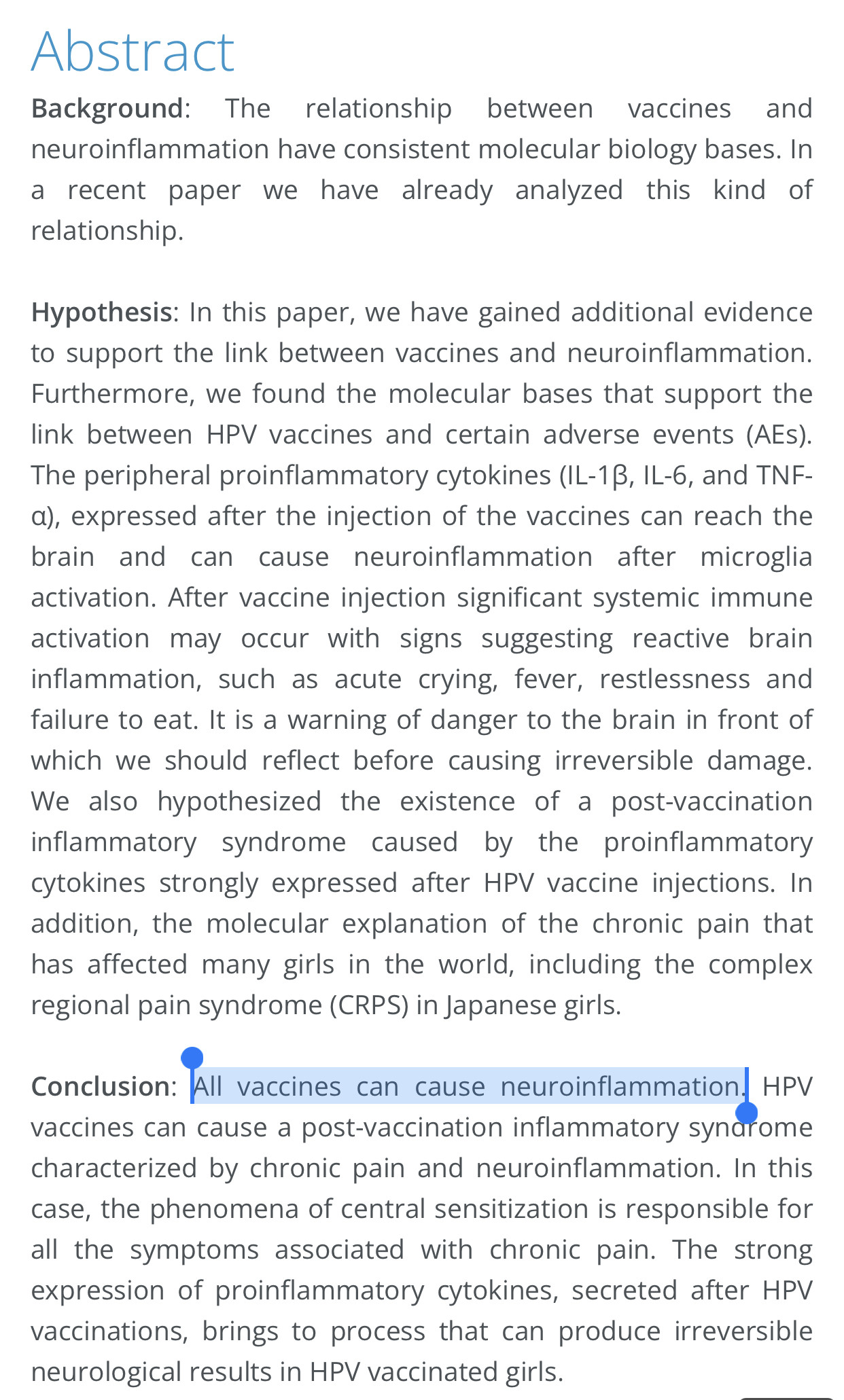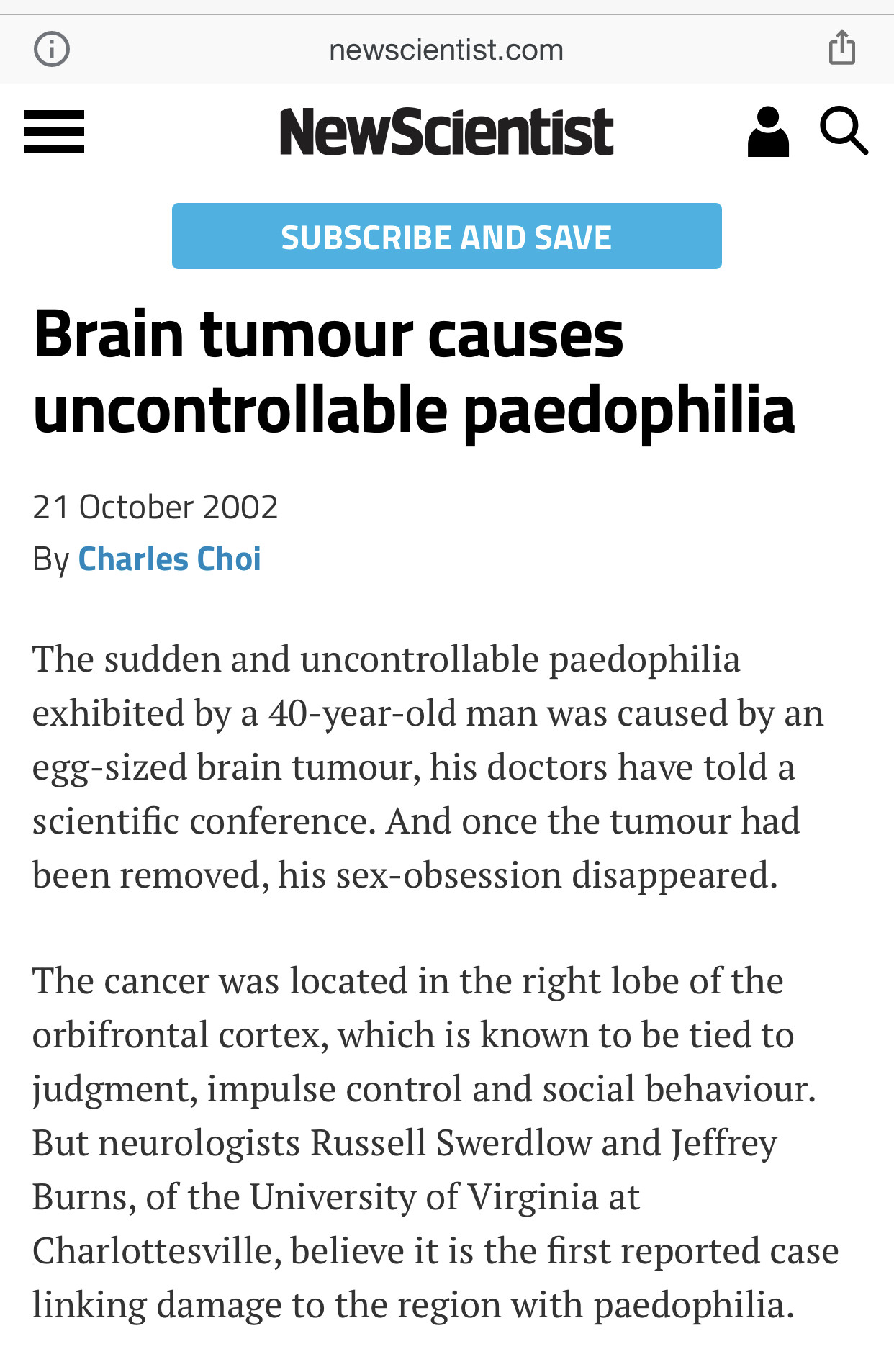What is this... lying peodo’s and their sympathizers versus the patriots?
This world needs a wake up call and fast.
#FamilyIsEverything MAGA Proud Navy Dad They are all Fooked
Its really that simple Mac !
Hyperthermia, frequently seen in patients following traumatic brain injury (TBI), may be due to posttraumatic cerebral inflammation, direct hypothalamic damage, or secondary infection resulting in fever. Regardless of the underlying cause, hyperthermia increases metabolic expenditure, glutamate release, and neutrophil activity to levels higher than those occurring in the normothermic brain-injured patient. This synergism may further compromise the injured brain, enhancing the vulnerability to secondary pathogenic events, thereby exacerbating neuronal damage. Although rigorous control of normal body temperature is the current standard of care for the brain-injured patient, patient management strategies currently available are often suboptimal and may be contraindicated. This article represents a compendium of published work regarding the state of knowledge of the relationship between hyperthermia and TBI, as well as a critical examination of current management strategies.
A secondary infection is one that occurs when a different infection, known as a primary infection, has made a person more susceptible to disease. It is called a secondary infection because it occurs either after or because of another infection.
pathogenesis
/ˌpaθə(ʊ)ˈdʒɛnɪsɪs/
nounMEDICINE
the manner of development of a disease.
Highlights
• Sexual problems are related to three components: physiology, sociocultural background, and neurological location of injury.
• Studying the neural basis of sexual response and preference is crucial for exposing pathways involved in sexual disorders.
• Literature case reports have shown that sexual disinhibition is associated with basal frontal lobe dysfunction.
Keywords: Brain injury, Hypersexuality, Pedophilia
This disorder has appeared in animals due to the production of experimental brain injury, but has rarely been found in humans
Self-reported head injuries before and after age 13 in pedophilic and nonpedophilic men referred for clinical assessment - PubMed
Previous research has found that pedophilic men referred for clinical assessment of their sexual behavior are more likely to report that they suffered head injuries before their 13th birthday than are nonpedophilic men referred for the same purpose. This study investigated whether pedophilic patient..
https://pubmed.ncbi.nlm.nih.gov/14574100/Hyperthermia can cause brain damage and also exacerbate the brain damage produced by stroke and amphetamines. The developing brain is especially sensitive to hyperthermia. The severity of, and mechanisms underlying, hyperthermia-induced neuronal death depend on both temperature and duration of exposure.
In the last decades, the use of nanoparticles as a delivery system in vaccines has received special attention to improve vaccine efficacy.
In this framework, nanotechnology provides a novel and original solution with magnetic hyperthermia, which is based on the use of magnetic nanoparticles to remotely induce local heat when a radiofrequency magnetic field is applied, provoking a temperature increase in those tissues and organs where the tumoral cells are ...
Traumatic brain injury (TBI) is recognized as a global health problem due to its increasing occurrence, challenging treatment, and persistent impacts on brain pathophysiology. Neural cell death in patients with TBI swiftly causes inflammation in the injured brain areas, which is recognized as focal brain inflammation.
Traumatic brain injury (TBI) results in rapid reactive oxygen species (ROS) production and oxidative damage to essential brain cellular components leading to neuronal dysfunction and cell death.
Elevated rates of reactive oxygen species (ROS) have been detected in almost all cancers, where they promote many aspects of tumor development and progression.
Chronic inflammation
Infections and injuries trigger the body's immune response. Immune cells called macrophages produce free radicals while fighting off invading germs. These free radicals can damage healthy cells, leading to inflammation.
The damage to cells caused by free radicals, especially the damage to DNA, may play a role in the development of cancer and other health conditions (1, 2).
Hyperthermia has been proven successful as a complimentary adjuvant modality to radiation and chemotherapy cancer treatments. One of the approaches of targeted heat delivery utilizes injection of magnetic, or sometimes non-magnetic metallic nanoparticles into the tumor sites and exposure to a microwave (MW) electromagnetic field. Regardless of heating mechanism that depends on the material properties, large surface area to volume ratio of nanoparticles can provide strong catalytic action leading to free radical generation and amplified hyperthermia effects. This project is aimed at exploring the latter mechanism under the conditions of nanoparticle aided microwave hyperthermia.
In recent years it has become increasingly apparent that, in man, free radicals play a role in a variety of normal regulatory systems, the deregulation of which may play an important role in inflammation. As examples, we discuss the second messenger roles of: NO in the regulation of vascular tone, O2.- in fibroblast proliferation and H2O2 in the activation of transcription factors such as NF kappa B. Other control mechanisms, the physiological function of which may be perturbed in inflammation, include: the oxidative modification of low density lipoprotein, the oxidative inactivation of alpha-1-protease inhibitor, DNA damage/repair and heat shock protein synthesis.
At sites of inflammation, increased free radical activity is associated with the activation of the neutrophil NADPH oxidase and/or the uncoupling of a variety of redox systems, including endothelial cell xanthine dehydrogenase. Although free radicals, thus produced, have the capacity to mediate tissue destruction, either alone or in concert with proteases, we argue that disturbances in the second messenger and regulatory activities of free radicals may also contribute significantly to the inflammatory process.
Experimental studies show that nanoparticles can trigger the production of free radicals.
When produced in excess, free radicals and oxidants generate a phenomenon called oxidative stress, a deleterious process that can seriously alter the cell membranes and other structures such as proteins, lipids, lipoproteins, and deoxyribonucleic acid (DNA) (5-10).
Traumatic brain injury (TBI) is a major healthcare concern, constituting a major cause of death and disability throughout the world. Among the factors leading to TBI outcome are biochemical cascades which occur in response to primary and secondary injury. These mechanisms generate oxidative stress, an imbalance between oxidant and antioxidant agents that can result in neural dysfunction and death.
Free radicals contribute to neuronal loss in cerebral ischemia and hemorrhage and may be involved in the degeneration of neurons in epilepsy, schizophrenia, tardive dyskinesia, normal aging, Parkinson's Disease and Alzheimer's Disease.
Main points
In England, between 2 January and 2 July 2021, there were 51,281 deaths involving coronavirus (COVID-19); 640 occurred in people who were fully vaccinated, which includes people who had been infected before they were vaccinated.
Nanoparticles can be engineered to either avoid immune system recognition or specifically inhibit or enhance the immune responses.
Through decades of research, biologists have determined that under the right conditions, viruses can assemble themselves from their constituent proteins. So far, however, many of the precise characteristics of this process have eluded researchers.
The first step in actin polymerization is known as ‘nucleation’. This step sees the formation of an actin nucleus, which is essentially a complex of three actin monomers, from which an actin filament may elongate.
In polymer chemistry, mechanical energy degrades polymeric chains. In contrast, in nature, mechanical energy is often used to create new polymers. This mechanically stimulated growth is a key component of the robustness of biological materials. A synthetic system in which mechanical force initiates polymerization will provide similar robustness in polymeric materials. Here we show a polymerization of acrylate monomers initiated and controlled by mechanical energy provided by ultrasonic agitation. The activator for an atom-transfer radical polymerization is generated using piezochemical reduction of a Cu(II) precursor complex, which thus converts a mechanical activation of piezoelectric particles to the synthesis of a new material.
DNA polymerase is responsible for the process of DNA replication, during which a double-stranded DNA molecule is copied into two identical DNA molecules.
In this article, we assume that nucleation is the underlying mechanism for self-assembly and combine the theoretical methods of the physics of equilibrium polymerization with those of the classical nucleation to develop a theory for the kinetics of virus self-assembly.
A nanocrystal is a material particle having at least one dimension smaller than 100 nanometres, based on quantum dots (a nanoparticle) and composed of atoms in either a single- or poly-crystalline arrangement. The size of nanocrystals distinguishes them from larger crystals.





